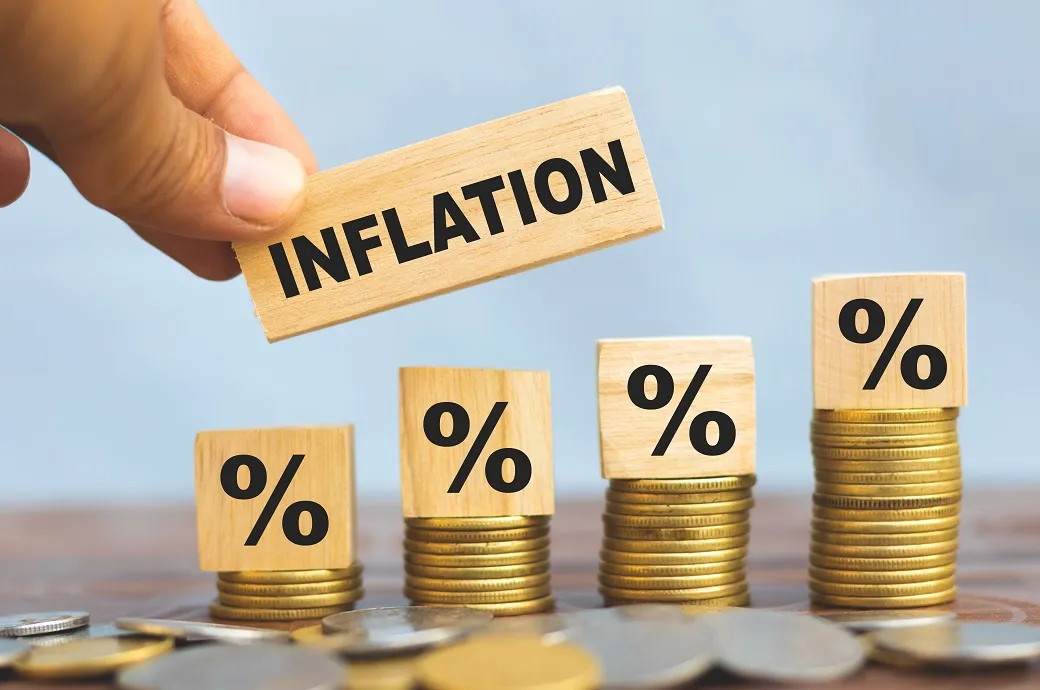For most people, saving money feels like the responsible thing to do. You set aside part of your salary each month, watch your account balance grow, and feel reassured knowing there’s a cushion waiting for the unexpected. But while you’re doing the “right” thing, there’s something quietly working against you—something that doesn’t make headlines every day, but has a powerful impact over time: inflation.
Inflation doesn’t hit like a market crash or a financial scandal. It creeps in slowly, quietly reducing what your money can buy. It’s not that you lose the euros you saved—it’s that each of those euros starts to buy a little less. Year after year. That’s why inflation is often called the “silent thief.” And if you’re not accounting for it in your financial strategy, your future purchasing power might be far lower than you expect.
What Inflation Really Means for Your Money
Inflation is the general rise in prices across the economy over time. It’s measured by consumer price indices (like the Euro Area’s Harmonized Index of Consumer Prices), and in 2022 and 2023, it surged at rates not seen in decades. At its peak, Eurozone inflation hit over 10% in late 2022 before easing slightly in 2023 and stabilizing around 3.2% in early 2025.
But what does that mean for savers?
Let’s say you have € 10,000 in a traditional savings account earning 0.5% per year. If inflation runs at 3%, your “real” return is -2.5%. In other words, your money grows on paper, but in practice, you’re losing purchasing power. After just five years of this erosion, your € 10,000 has the buying power of about € 8,800.
That’s a significant hit for anyone who’s worked hard to build savings.
Why Cash Alone Isn’t Safe Anymore
Traditionally, cash was seen as safe—no volatility, no risk of market losses. And in certain situations, like emergency funds or very short-term goals, cash still plays a role. But beyond that, holding large amounts in savings accounts with low yields is essentially locking in a negative return.
During the low-inflation years of the 2010s, this wasn’t such a pressing issue. Inflation across the Eurozone averaged around 1.5% during that decade, and interest rates—though low—were often close to inflation. But the past few years have reminded us that inflation can return with force, driven by energy prices, global supply chain disruptions, and geopolitical instability.
And now, keeping money idle in a bank account feels less like prudence and more like slow-motion loss.
How to Defend Your Savings (and Grow Them)
The first line of defense against inflation is understanding that investing is essential. While investing involves risk, not investing involves a guaranteed erosion of value in real terms. So the question isn’t “Should I take a risk?” but “Which risk do I prefer—market volatility or loss of purchasing power?”
Here are a few investment paths that historically beat inflation:
- Equities: Over the past 30 years, global stock markets have returned 7–9% annually on average. Even accounting for downturns, equities remain one of the best long-term hedges against inflation.
- Real assets: Investments like real estate or infrastructure funds can protect against inflation, especially when rental yields or revenues rise with prices. European real estate ETFs, for instance, saw strong inflows in 2023 as investors sought tangible inflation-resistant assets.
- Inflation-linked bonds: These are government-issued securities indexed to inflation. In the Eurozone, you can find products like BTP Italia or eurozone inflation-linked bond ETFs, which adjust both interest and principal based on inflation rates.
- Diversified ETFs: Low-cost ETFs that track global markets (like the MSCI World or All-Country World Index) offer broad exposure to companies that can pass higher costs onto consumers, thereby preserving their profit margins.
Even starting small can help. Investing € 100 a month in a global ETF returning 7% annually results in over € 12,000 after 8 years—well ahead of what you’d earn in a traditional savings account.
Building an Inflation-Proof Mindset
Fighting inflation isn’t just about choosing the right assets. It’s about shifting your mindset—from one of “saving to protect” to “investing to grow.” That doesn’t mean betting on risky stocks or abandoning your safety net. It means understanding that the status quo (holding cash) may be more dangerous over time than the discomfort of market fluctuations.
You can still keep your emergency fund in cash. But the rest of your savings—the money meant for medium- and long-term goals—should be working harder. Let your money earn more than inflation, not less.
It’s also important to track your own personal inflation rate. For example, if your main expenses are in education, healthcare, or housing, your inflation experience may differ from the headline rate. Tailoring your strategy to your actual needs makes your defense even stronger.
Take Action Before Inflation Eats More Than You Realize
Inflation doesn’t feel like a crisis until it’s too late. It doesn’t crash markets or make the news with loud headlines. But over time, it’s relentless. And unless you’re actively preparing for it, it will quietly strip away your financial progress.
You don’t have to be an expert investor to fight back. You just need to start—bit by bit, month by month—shifting your money into assets that grow. The best time to protect your purchasing power was yesterday. The second-best time is today. Let your euros work for you, before they’re worth less than you thought.

